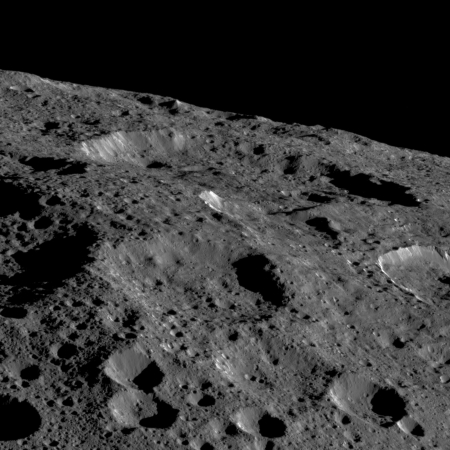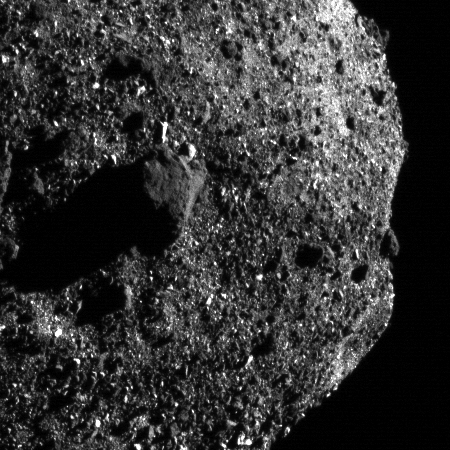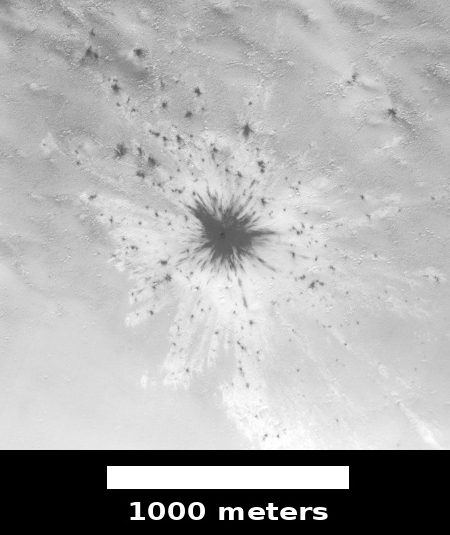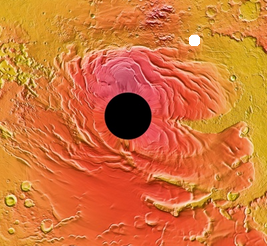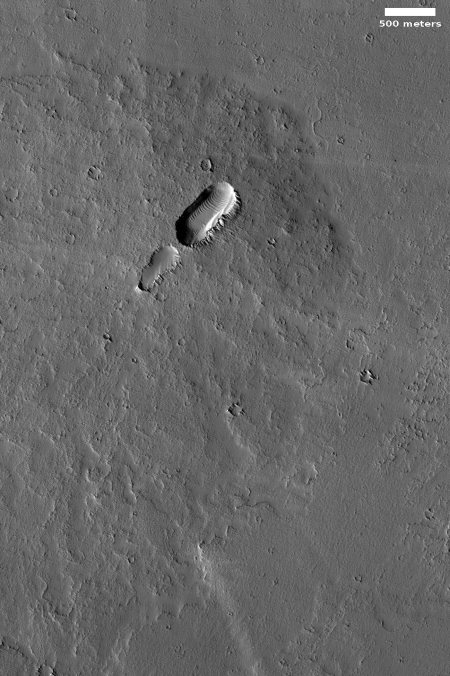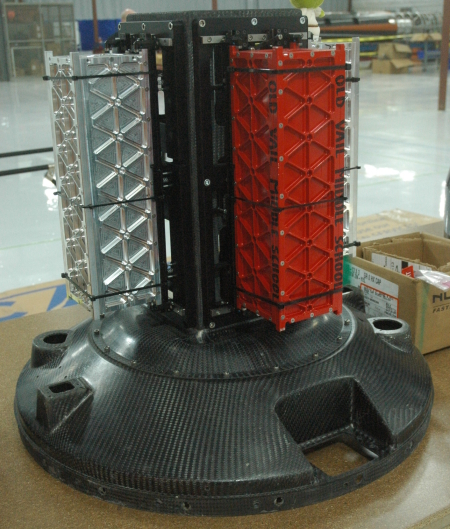India’s PSLV rocket successfully launches military satellite
The new colonial movement: India today successfully launched a military reconnaissance satellite using a new configuration of its PSLV rocket.
The launch was broadcast live here and is still on-going as I write.
Thursday’s launch, the forty-sixth overall for the Polar Satellite Launch Vehicle (PSLV), marks the maiden flight of the rocket’s new PSLV-DL configuration. Filling a gap in payload capacity between two of the rocket’s existing configuration, the PSLV-DL will help reduce the cost of India’s access to space. Its first payload consists of a demonstration satellite built around the rocket’s upper stage, testing this concept for future applications, and a military spacecraft with an imaging payload.
During the speeches after the launch, the head of ISRO, K. Sivan, did several things of note. First, he introduced the launch’s mission director and explained that this was his last PSLV launch, as he is leaving the program to take over important aspects of their manned program, dubbed Gaganyaan. Then he let this man speak, giving him a big platform that suggests he is definitely a rising star in their program. Unfortunately, I was not able to catch his name. We shall see him again, however, for sure.
Sivan also noted that the deadline for that first manned mission is December 2021. He also outlined the next few missions, including Chandrayaan-2 to the Moon.
The 2019 launch standings:
2 China
1 SpaceX
1 Japan
1 ULA
1 India
The U.S. and China are tied 2-2 in the national rankings.
The new colonial movement: India today successfully launched a military reconnaissance satellite using a new configuration of its PSLV rocket.
The launch was broadcast live here and is still on-going as I write.
Thursday’s launch, the forty-sixth overall for the Polar Satellite Launch Vehicle (PSLV), marks the maiden flight of the rocket’s new PSLV-DL configuration. Filling a gap in payload capacity between two of the rocket’s existing configuration, the PSLV-DL will help reduce the cost of India’s access to space. Its first payload consists of a demonstration satellite built around the rocket’s upper stage, testing this concept for future applications, and a military spacecraft with an imaging payload.
During the speeches after the launch, the head of ISRO, K. Sivan, did several things of note. First, he introduced the launch’s mission director and explained that this was his last PSLV launch, as he is leaving the program to take over important aspects of their manned program, dubbed Gaganyaan. Then he let this man speak, giving him a big platform that suggests he is definitely a rising star in their program. Unfortunately, I was not able to catch his name. We shall see him again, however, for sure.
Sivan also noted that the deadline for that first manned mission is December 2021. He also outlined the next few missions, including Chandrayaan-2 to the Moon.
The 2019 launch standings:
2 China
1 SpaceX
1 Japan
1 ULA
1 India
The U.S. and China are tied 2-2 in the national rankings.

